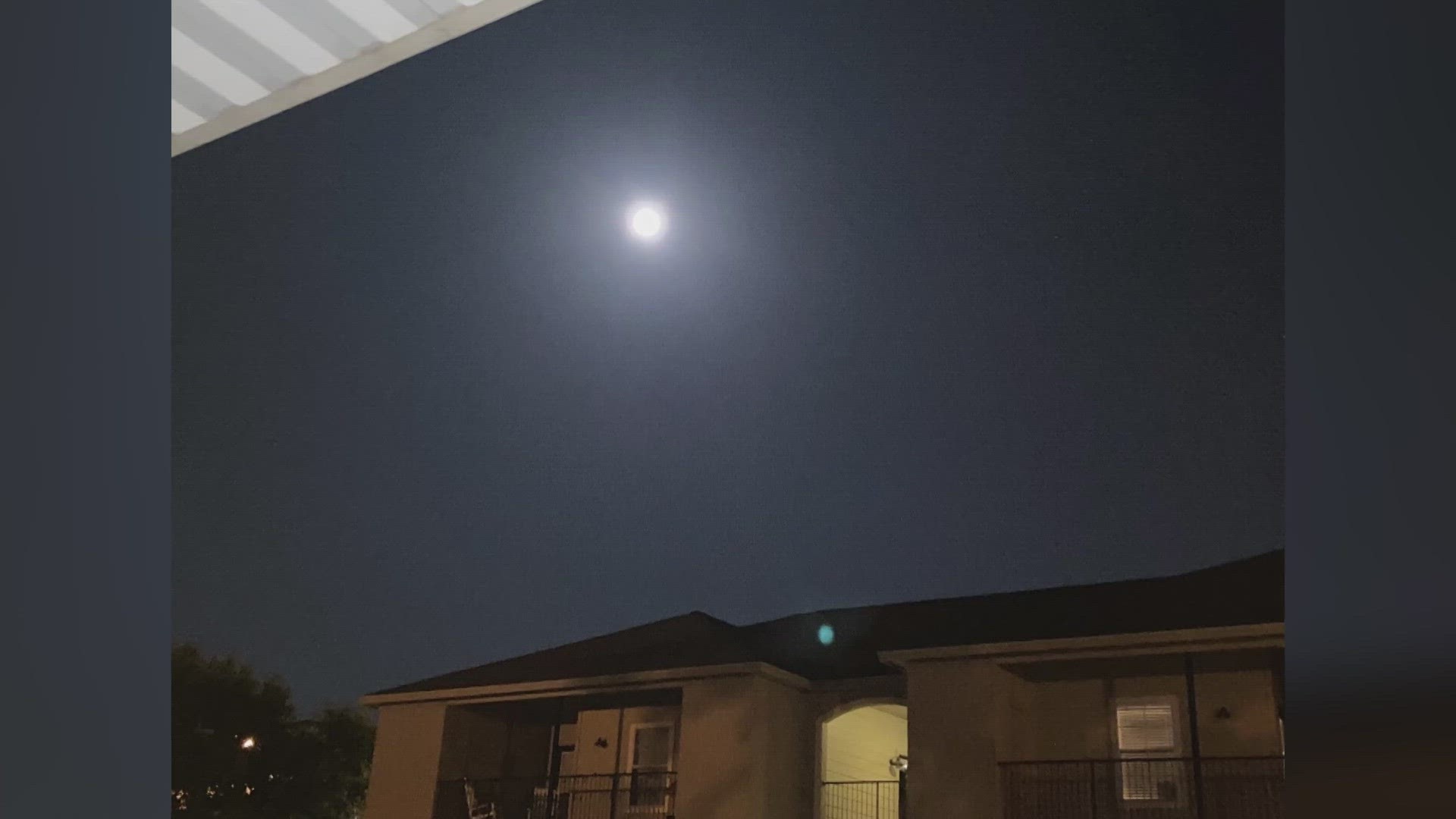PASADENA, Calif. — Continent-sized remnants of another world could be found deep inside the Earth, according to a new study coming out of California. Researchers believe the remnants could be pieces of the object that helped form the moon billions of years ago.
A leading theory on how Earth's moon was created suggests that Earth was struck by a Mars-sized rock, believed to be a "protoplanet" or still-developing planet, early in its existence, and the debris from the impact eventually formed into the moon.
Now, a new study suggests that massive remnants of that protoplanet could still be lodged in Earth's mantle, the largest layer of the planet, according to Space.com.
The study, led by geodynamicist Qian Yuan at the California Institute of Technology in Pasadena, California, suggests that two "continent-sized blobs" of rock in the Earth's lower mantle, about 1,800 miles below Earth's surface, could be pieces of the object that struck Earth so long ago, and may have had a significant impact on how the Earth developed.
Many scientists believe Earth formed around 4.5 billion to 4.6 billion years ago, and that the moon formed (in astrological terms) shortly after. The "giant impact hypothesis" suggests that the moon was formed by debris from the collision of a young proto-earth and a protoplanet nicknamed Theia, after the mother of the moon in Greek mythology.
Direct evidence of Theia has proven elusive, but now Yuan and his team believe pieces of the protoplanet may lie deep within the Earth.
"Our work indicates this giant impact had a long-lasting effect for Earth's whole evolution, and it could potentially explain why Earth is geologically unique compared to other rocky planets," Yuan told Space.com.
Previous research reportedly found that seismic waves traveled unusually slowly through the blobs, suggesting they were denser and possibly had a different composition than the surrounding mantle.
Computer simulations run by the research team reportedly showed that a fraction of Theia's mantle could have made its way into proto-Earth's lower mantle. Based on previous models of Theia and what is known about the moon, the rock from Theia would have been 2 times to 3.5 times denser than the mantle of Earth.
The simulations suggested the remnants of Theia, which would be tens of miles wide, could have sunk and solidified over time, accumulating as "dense blobs" on top of Earth's core.
Yuan said the Theian rocks could be similar to lunar volcanic rock, and would likely be more iron-rich than Earth's normal mantle rock.
The study even suggests that remnants of Theia could make their way to the surface.
"Some traces of the Theia relics could be brought to surface volcanoes by mantle plumes," Yuan said. Mantle plumes are pillars of super-heated rock that rise up from near Earth's core.
Yuan and the research team are now investigating whether the Theian rocks could have played a part in spurring geological activity on Earth that is unique to our planet, such as influencing the way tectonic plates move across the planet.
Yuan said he aims to see if the Theian rocks could help drive subduction, the process where one tectonic plate dives under another. Earth is currently the only planet where subduction is known to occur.
The scientists published their findings in the journal Nature on Nov. 1.
More science stories from 6 News:

